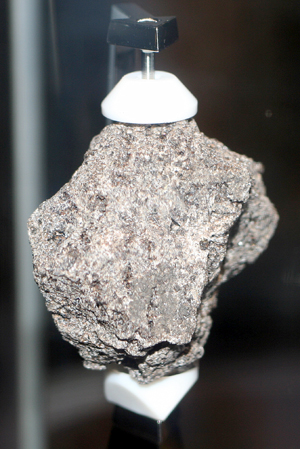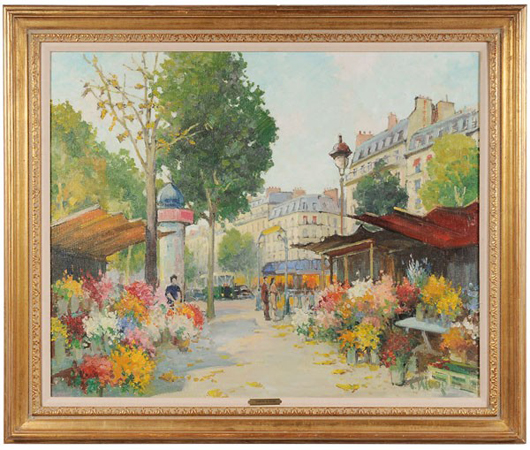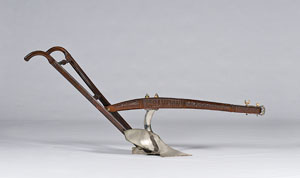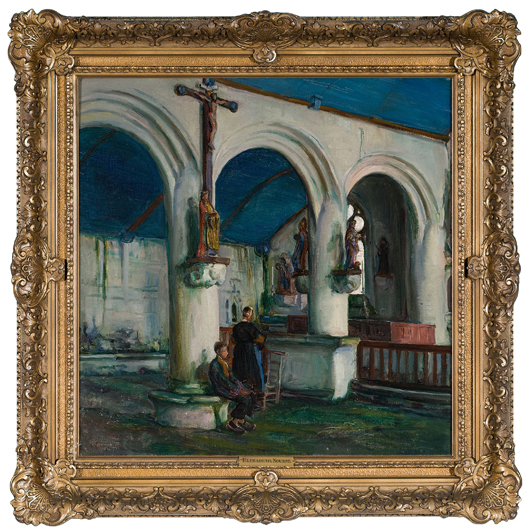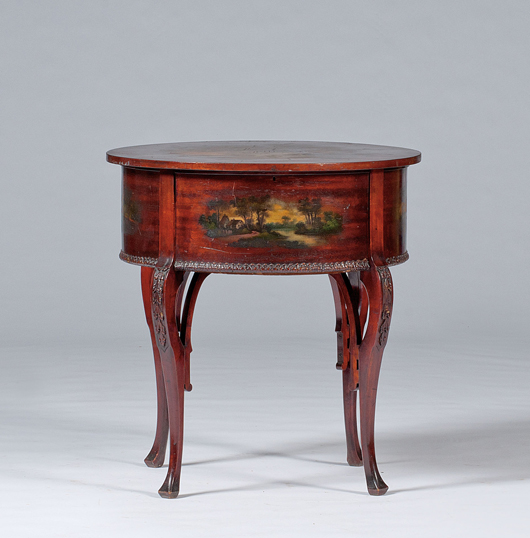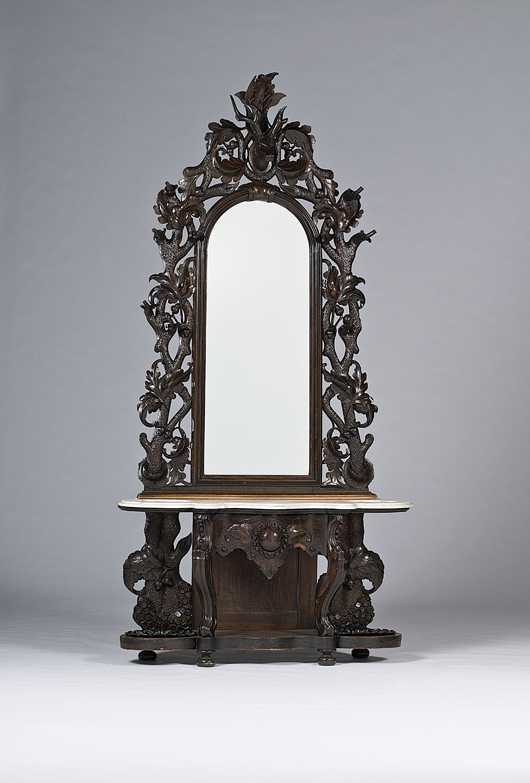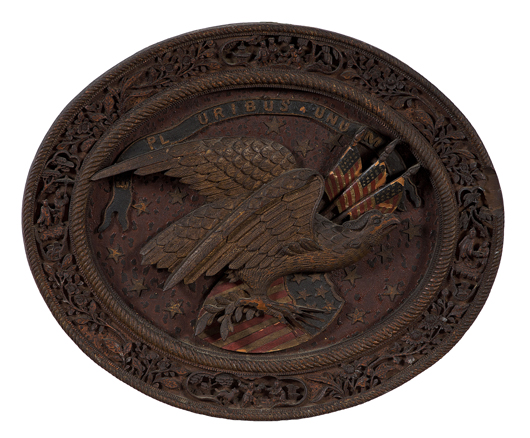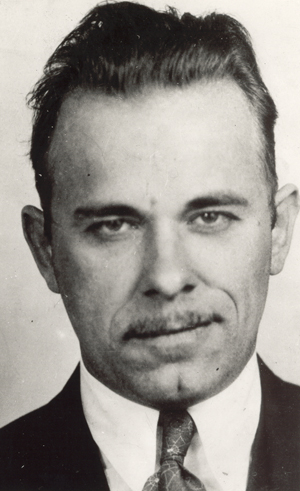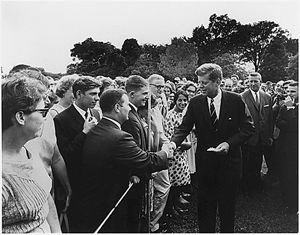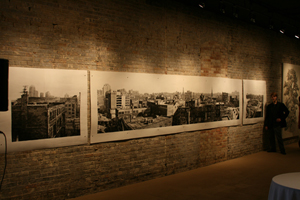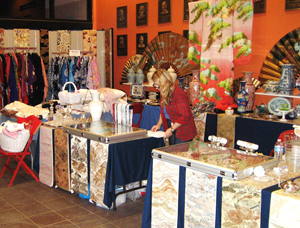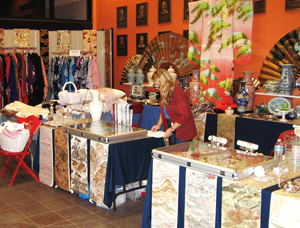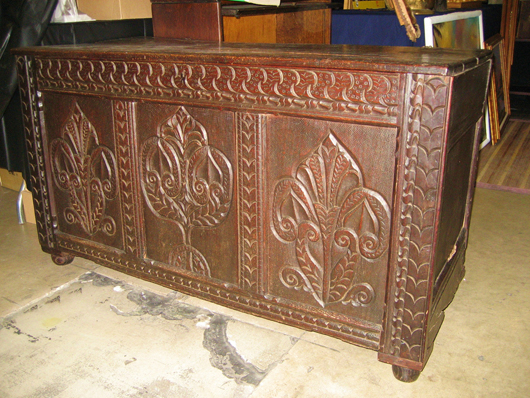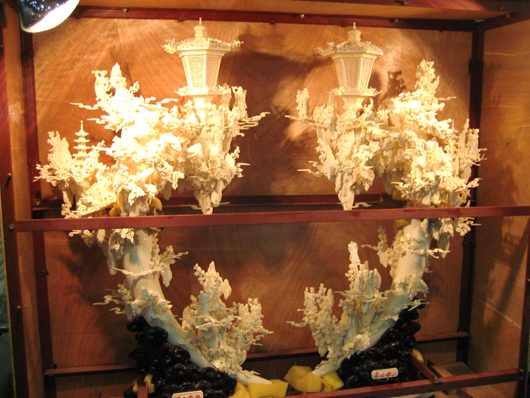
Preserving portions of the Hampton fortress as a national monument could be achieved under presidential order under the Antiquities Act. It would not require congressional approval.
“The Antiquities Act has been used by presidents, both Republicans and Democrats, to protect historic sites and natural wonders,” Salazar said in an interview with The Associated Press in Washington, D.C. “It’s an important law.”
Salazar said his office has been in discussions with local and state officials on the national monument approach to Fort Monroe and those discussions are now heading to the White House.
“We are in the process of doing that analysis and we will soon be (seeing) what exactly the president will do with respect to Fort Monroe,” Salazar said of President Barack Obama.
A week ago, the Army handed responsibility for managing Fort Monroe to Virginia. The land it occupies at the mouth of the Chesapeake saw the first European arrivals to the New World more than 400 years ago, including Jamestown settler John Smith, and was the first stop for African slaves. It also is seen as the place where slavery began to crumble when runaway slaves sought refuge during the Civil War at the Union fort.
The moated fort has seen a who’s who of U.S. political figures, including President Abraham Lincoln, Confederate Gen. Robert E. Lee, the imprisoned Confederate President Jefferson Davis, and writer Edgar Allen Poe was stationed there.
Terrie Suit, secretary of veterans affairs and homeland security for Virginia, welcomed Salazar’s comments as a positive development in ensuring Fort Monroe’s future. The national monument status would have the same results as a national park, but would likely be achieved swifter.
“That’s huge to me,” she said. “We’ve had conversations with the National Park Service and they’ve been pretty supportive of this. To have the secretary comment on this is very positive.”
The Antiquities Act, which dates to 1906, authorizes presidents to proclaim “historic landmarks, historic and prehistoric structures, and other objects of historic or scientific interest” as national monuments, the National Park Service website states.
President Theodore Roosevelt used the act broadly, proclaiming more than 800,000 acres of the Grand Canyon as a national monument. More recently, President Bill Clinton proclaimed the Grand Staircase-Escalante National Monument in Utah a national monument.
Fort Monroe was ordered closed in 2005 as part of the nation’s base realignment, intended to cut costs, and had been in continuous operation since 1823. In recent decades it served as the home of the Army’s Training and Doctrine Command.
Consistent with its history, the fort contains more than 170 historic buildings. It also has 8 miles of waterfront and a 332-slip marina. The parts of the fort the state doesn’t want turned into a national park will be used for housing and other developments that are expected to remain in line with the area’s architecture.
The Fort Monroe Authority’s executive director, Glenn Oder, said approximately 40 percent of the fort and its grounds would initially be part of the Park Service. The 200 acres is primarily open space.
The state is also seeking additional park status for other significant portions of the fort, including the parade grounds and the quarters where Lincoln and Lee had spent time.
Legislation that has the bipartisan support of Virginia’s delegation is also pending in Congress to designate the fort a national park.
___
Associated Press writer Matthew Daly in Washington, D.C., contributed to this report.
Online:
Fort Monroe Authority www.fmauthority.com
Steve Szkotak can be reached at www.twitter.com/sszkotakap
Copyright 2011 Associated Press. All rights reserved. This material may not be published, broadcast, rewritten, or redistributed.
AP-WF-09-21-11 2201GMT


